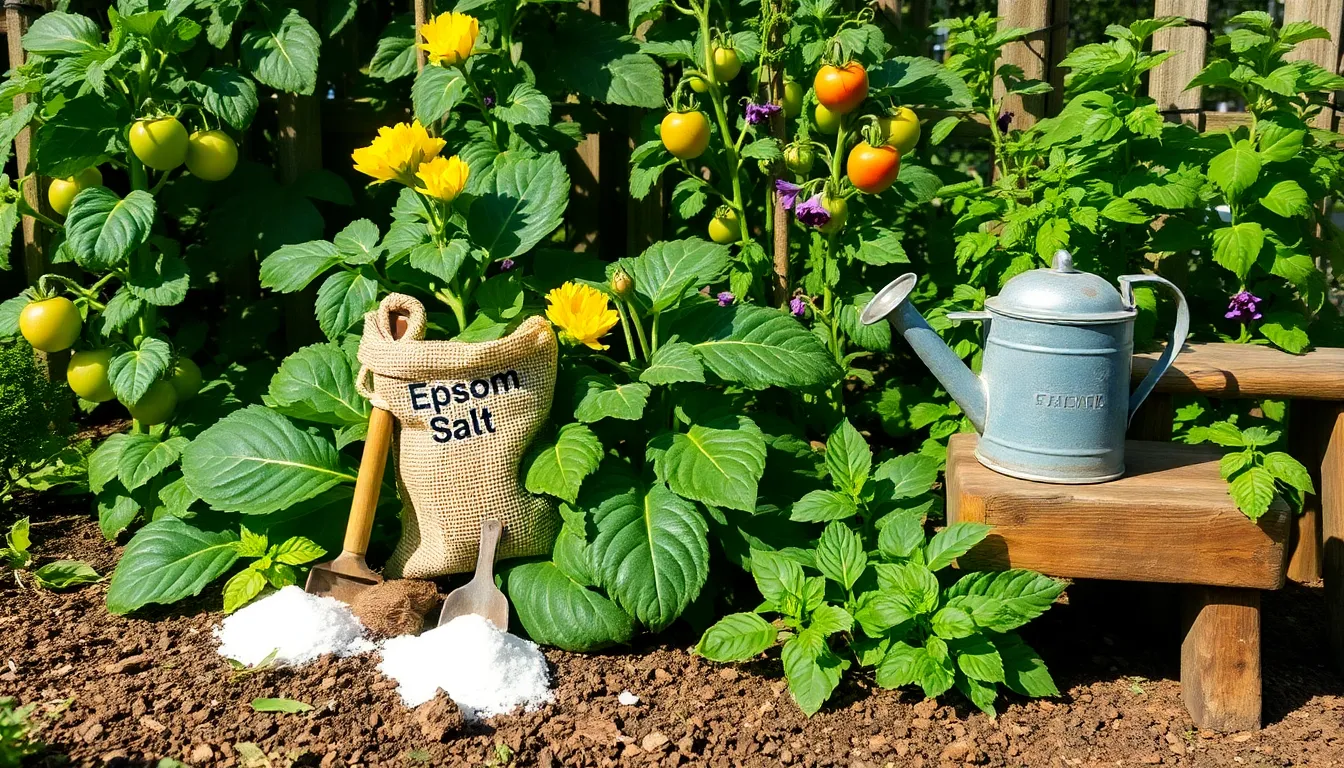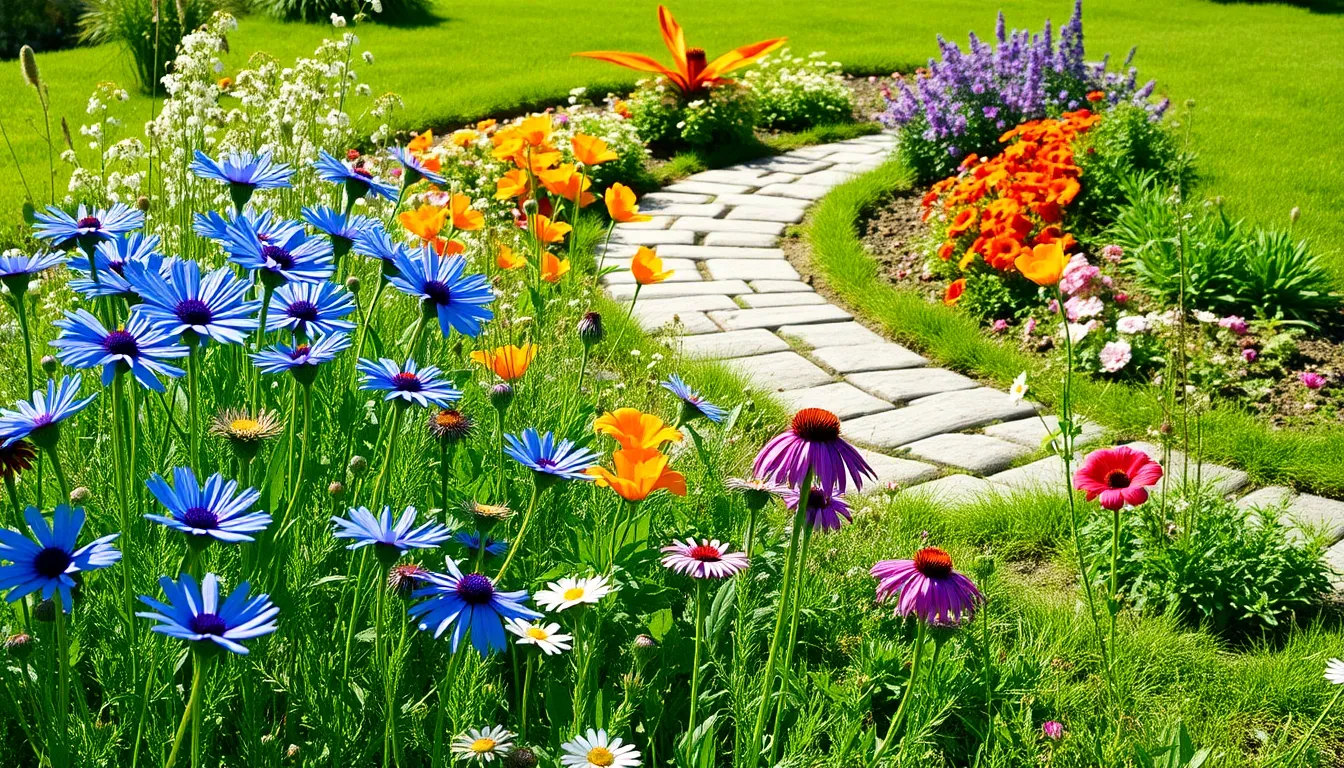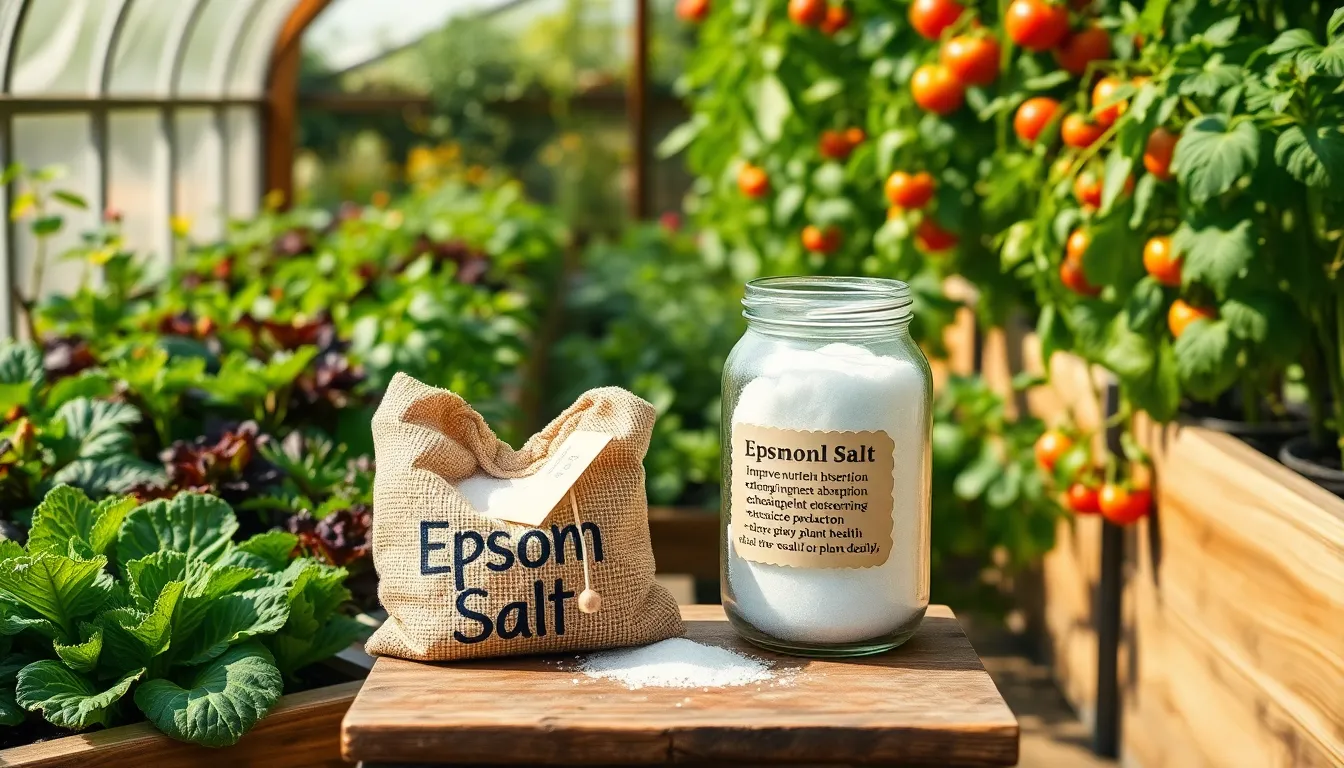Gardening is a delightful journey, one where each step is an opportunity to nurture not only plants but also your connection with nature. Among the myriad of tools and techniques available to gardeners, Epsom salt has emerged as a somewhat magical ingredient, promising to enhance the vitality of your plants. But before you reach for that box of Epsom salt, it’s crucial to understand how to use it effectively and avoid common pitfalls.
If you’re a beginner, you might wonder what makes Epsom salt special and how it could benefit your garden. For seasoned gardeners, deciphering the correct frequency and method of application remains a topic of curiosity and debate. This article will guide you through the science behind Epsom salt, its benefits, and practical tips for its use in your garden, ensuring you can harness its full potential without overdoing it.
As you immerse yourself in this exploration, you’ll discover how Epsom salt can influence plant health, from boosting magnesium levels to improving nutrient absorption. We’ll delve into signs that indicate when your plants might need a sprinkle of this mineral wonder, and how to apply it safely. Whether you’re tending a small indoor herb garden or managing a sprawling vegetable plot, this guide will equip you with actionable insights to invigorate your green space with confidence.
Understanding Epsom Salt Benefits
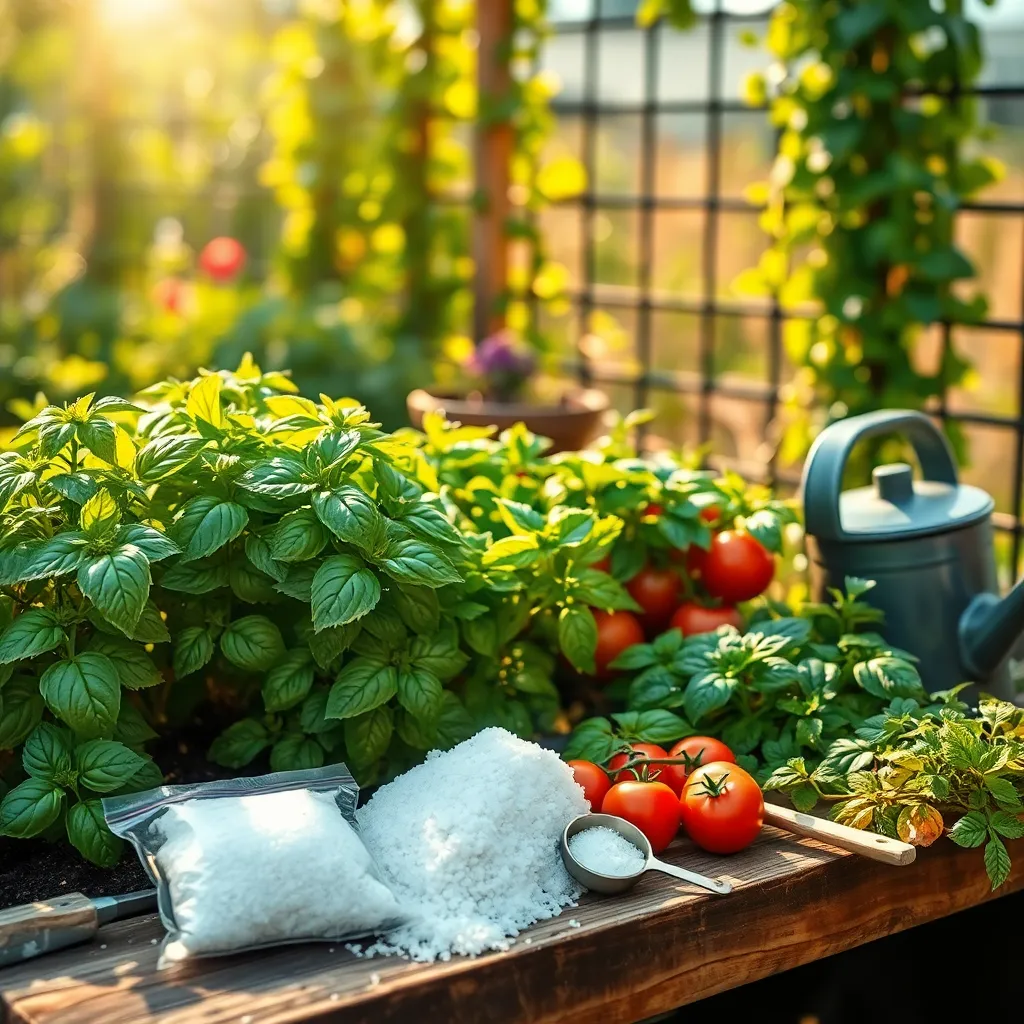
Understanding the benefits of Epsom salt can significantly enhance your gardening efforts. This compound, primarily composed of magnesium sulfate, is crucial for plant health and development.
Magnesium is an essential element that plays a pivotal role in photosynthesis, helping plants convert sunlight into energy. By adding Epsom salt to your garden, you can help improve the color, growth, and overall vigor of your plants.
To effectively utilize Epsom salt, consider the specific needs of your plants. For instance, tomatoes, peppers, and roses often benefit from additional magnesium, leading to healthier leaves and more abundant blooms.
Incorporate Epsom salt into your gardening routine by dissolving it in water for easy absorption. A general recommendation is to mix one tablespoon of Epsom salt per gallon of water, applying it directly to the soil every four to six weeks.
For gardeners seeking to enhance their soil’s magnesium content, consider testing your soil first. This ensures that you’re not over-supplying nutrients, which can lead to imbalances and potential plant stress.
Advanced gardeners might explore using Epsom salt as a foliar spray to provide an immediate nutrient boost. Mix one teaspoon of Epsom salt per gallon of water and spray it onto the leaves, ensuring the solution reaches both the tops and undersides for optimal absorption.
Determining Application Frequency
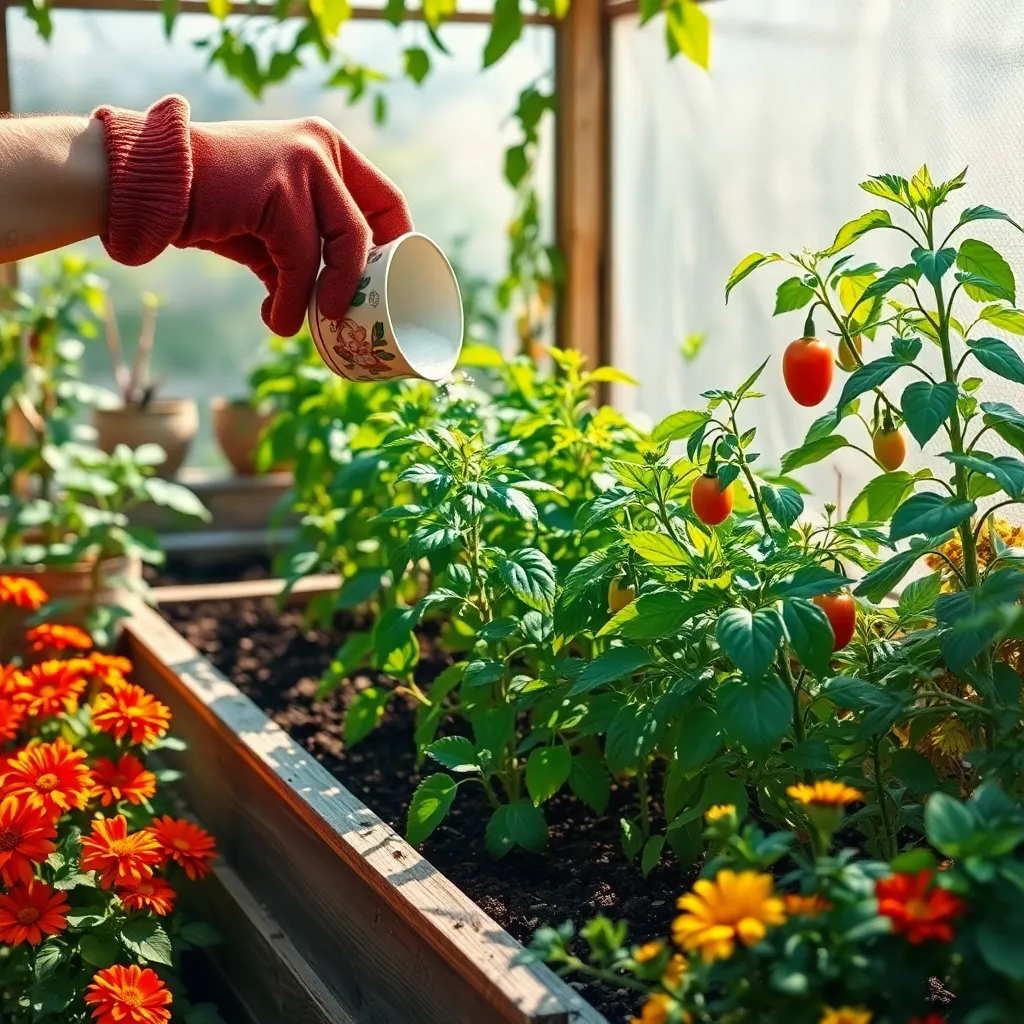
Before applying Epsom salt to your garden, it’s important to determine the specific needs of your plants. Different plants have varying requirements for magnesium and sulfur, the key components of Epsom salt, which can influence how frequently you should apply it.
For general use, a common recommendation is to apply Epsom salt once a month. Mix one tablespoon of Epsom salt per gallon of water and use it to water your plants, ensuring even distribution around the root zone.
Vegetables like tomatoes and peppers often benefit from more frequent applications due to their higher magnesium needs. You can apply a foliar spray made by dissolving one tablespoon of Epsom salt in a gallon of water every two weeks during the growing season.
It’s crucial to monitor your plants for signs of magnesium deficiency, such as yellowing leaves or poor fruit development. If such signs are present, consider increasing the frequency slightly, but avoid exceeding twice a month to prevent salt buildup in the soil.
Seasonal Usage Guidelines
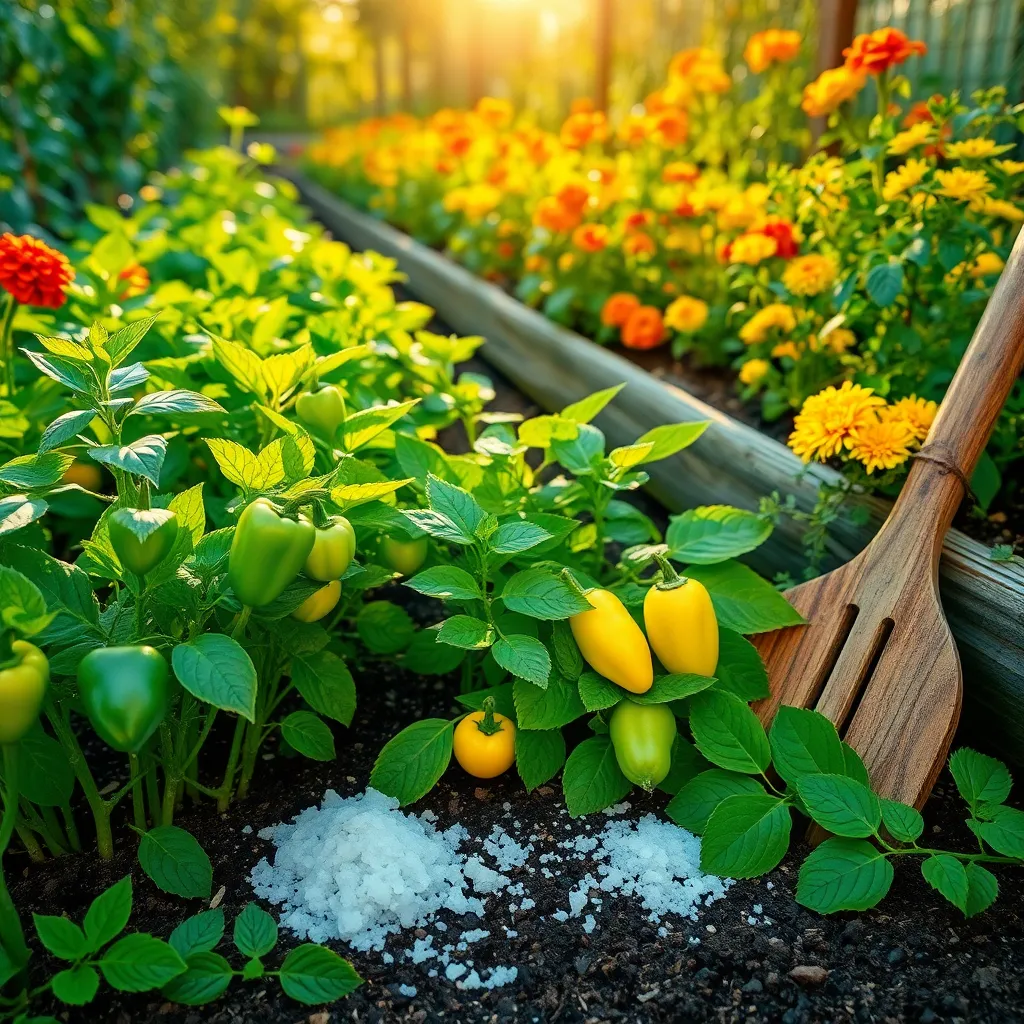
As the seasons change, so should your approach to using Epsom salt in your garden. During the spring, it is beneficial to mix Epsom salt into the soil before planting, especially for vegetables like tomatoes and peppers that thrive on magnesium.
In summer, when plants are actively growing, a foliar spray can be highly effective. Dissolve one tablespoon of Epsom salt in a gallon of water and spray it on leaves for a quick boost, ensuring you apply it during cooler parts of the day to avoid leaf burn.
Autumn is the time to prepare your garden for the upcoming winter months. Consider using Epsom salt to help plants recover from the stress of summer; apply it around the base of shrubs and trees to promote root health.
Winter applications should be more restrained, as many plants are dormant and require less direct intervention. However, if you have indoor plants, a light application of Epsom salt can support their limited winter growth, especially in potted citrus or flowering plants.
Signs of Overuse in Plants
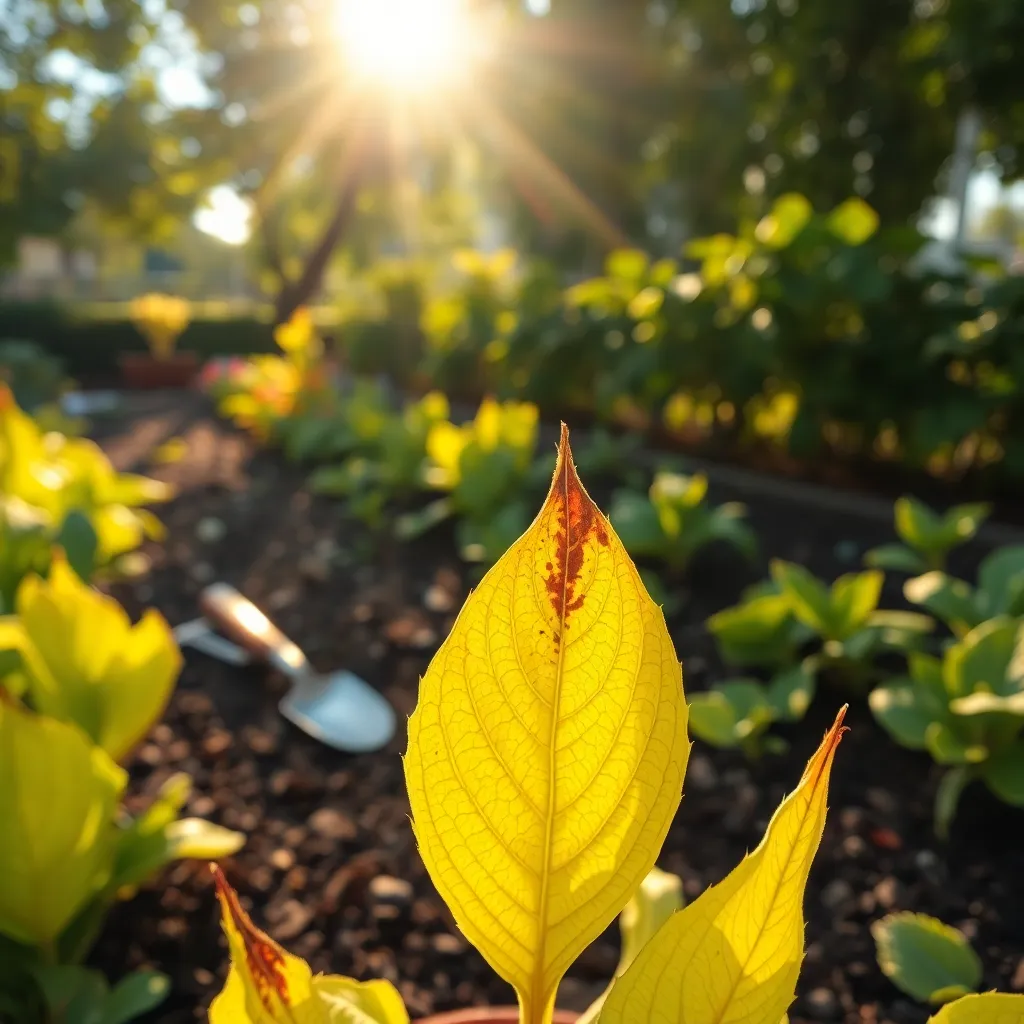
When using Epsom salt in gardening, overuse can be detrimental to plant health. One of the first signs of overuse is the yellowing of leaves, which may indicate an imbalance in nutrient uptake. To prevent this, it’s essential to monitor the recommended frequency and quantity for your specific plant type.
Another symptom of excessive Epsom salt application is leaf curl, which can suggest nutrient stress. Plants may also show stunted growth, as the surplus magnesium can interfere with the absorption of other crucial nutrients like calcium. To remedy this, consider reducing the Epsom salt application and flushing the soil with water.
It’s important to tailor your approach based on the type of soil in your garden. Sandy soils, for example, may require more frequent, diluted applications compared to clay-rich soils. Always ensure that your soil drains well, as poor drainage can exacerbate the effects of overuse.
For advanced gardeners, conducting a soil test can provide precise insights into the magnesium levels and help fine-tune Epsom salt usage. Adjusting your practice based on these results can lead to healthier plants and more robust growth. By staying observant and responsive to your plants’ needs, you can maintain a balanced nutrient environment.
Adapting Techniques for Plant Types
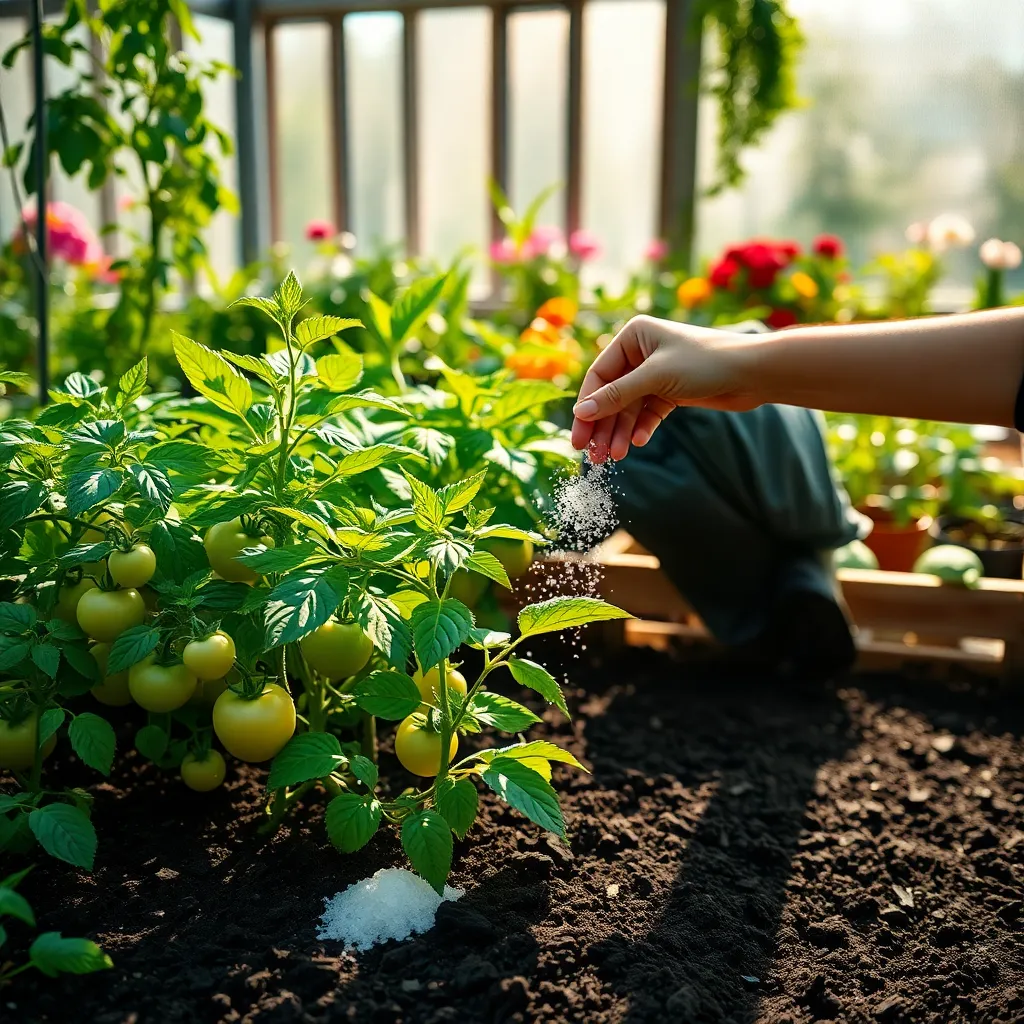
When considering the use of Epsom salt in your garden, it’s essential to adapt techniques based on the types of plants you’re growing. Different plants have varying magnesium and sulfur needs, which are the main nutrients Epsom salt provides. For instance, roses benefit greatly from Epsom salt because it helps enhance the color and thickness of their blooms. Sprinkle a tablespoon of Epsom salt around each rose bush and water thoroughly to ensure even distribution.
Vegetable gardeners can also see improved results with Epsom salt, particularly with tomatoes and peppers. These plants often suffer from magnesium deficiency, which can be alleviated by adding Epsom salt to the soil. Mix one tablespoon of Epsom salt per foot of plant height into the soil every two weeks during the growing season. This approach ensures that the nutrients are absorbed efficiently, leading to healthier, more productive plants.
Houseplants, although less demanding, can also benefit from Epsom salt if used correctly. Overuse can lead to salt buildup, so it’s crucial to apply it sparingly. Simply dissolve a teaspoon of Epsom salt in a gallon of water and use it as a monthly fertilizer to promote lush growth and vibrant foliage. Ensure the pot has good drainage to prevent waterlogging, which could harm your houseplants.
For advanced gardeners looking to optimize their plant care, consider using Epsom salt as part of a comprehensive soil management plan. Conducting a soil test can help determine the specific nutrient needs of your soil and guide your use of Epsom salt. Adjust the application frequency and amount based on the test results, ensuring that you are not inadvertently causing nutrient imbalances. This tailored approach can significantly enhance the health and yield of your garden.
Conclusion: Growing Success with These Plants
In exploring the dynamic relationship between Epsom salt and your garden, we delved into five key concepts: understanding the science behind Epsom salt’s nutrient boost, recognizing the signs your plants need magnesium, integrating Epsom salt into your gardening routine, differentiating plant needs based on species, and avoiding common overuse pitfalls. These insights empower you to nurture your garden with precision and care, ensuring vibrant and healthy growth.
As your immediate next step, consider assessing your garden’s current condition and experimenting with a small batch of Epsom salt treatment on a select group of plants. This hands-on approach will help you observe the benefits firsthand and tailor your gardening practices accordingly.
We encourage you to save or bookmark this article for easy access to these valuable insights whenever your garden needs a little extra love. By keeping this resource at your fingertips, you ensure your green oasis thrives with every season.
Remember, fostering a successful relationship with your garden is a journey. With informed care and consistent attention, your garden can flourish beautifully, much like any cherished relationship. Here’s to your thriving garden and the joy it brings!

